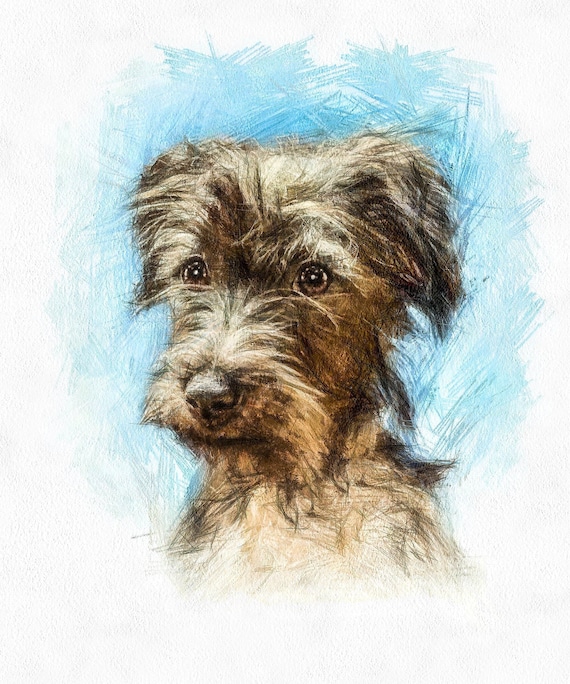Warli art, an age-old tribal art form originating from the Warli tribe in Maharashtra, India, is a treasure trove of cultural heritage and artistic expression. Its simplistic yet enchanting patterns and motifs tell the stories of rural life, tradition, and spirituality. However, despite its cultural significance, warli art faces challenges in terms of preservation and promotion. This essay will examine the difficulties faced by Warli art and the steps taken to secure its survival.
The Unique Allure of Warli Art
A distinctive feature of warli art drawing is its use of circles, triangles, and squares as well as very simple drawings of people and animals in these geometric patterns. The art form is primarily monochromatic, with white pigment on an earthy background, usually prepared from rice paste and cow dung. This minimalistic approach lends Warli art its timeless appeal.
Challenges Faced by Warli Art
- Dwindling Artisans: One of the most significant challenges Warli art faces is the dwindling number of artisans. The younger generation is often more inclined towards modern professions, leading to a scarcity of skilled Warli artists.
- Commercialization: While commercialization can provide a platform for Warli artists to earn a living, it can also dilute the authenticity and cultural significance of the art. Balancing commercial viability with cultural preservation is a challenge.
- Lack of Recognition: Warli art has yet to receive the recognition it deserves on a national and international scale. This lack of exposure hampers its potential for growth and development.
- Traditional vs. Contemporary: There’s a constant tension between preserving the traditional aspects of Warli art and allowing it to evolve to cater to contemporary tastes. Striking this balance is crucial for its sustainability.
Initiatives to Preserve and Promote Warli Art
- Artisan Training Workshops: Several NGOs and cultural organizations conduct workshops to train young artists in the traditional techniques of Warli art. These initiatives help in passing down the skills to the next generation.
- Artisan Cooperatives: The formation of artisan cooperatives empowers Warli artists by providing them with a collective voice. These cooperatives often help in marketing and selling their creations, ensuring a fair income for the artists.
- Art Festivals and Exhibitions: Hosting art festivals and exhibitions dedicated to Warli art brings visibility to the art form. Additionally, it provides a forum for artists to show off their creations to a larger audience.
- Government Support: Government bodies at the state and national levels are recognizing the cultural importance of Warli art and are providing financial support and incentives to both artists and organizations working to promote it.
- Digital Outreach: Digital platforms and social media are becoming crucial instruments for marketing art in the Internet era. Many Warli artists and enthusiasts are using these platforms to share their work and connect with a global audience.
- Collaborations with Designers: Collaboration with fashion designers, interior decorators, and product designers has opened up new avenues for Warli art. It’s being incorporated into fashion, home décor, and lifestyle products.
Warli Art for Kids: Nurturing Future Artists
To ensure the continuity of Warli art, it is crucial to introduce it to the younger generation. Warli art can be an excellent way to foster creativity, cultural understanding, and artistic skills in children. Here are some ideas for introducing Warli art to kids:
- Art Workshops: Organize workshops in schools or community centers where children can learn the basics of Warli art. These workshops can be both fun and educational, warli art for kids to create their -inspired masterpieces.
- Storytelling Through Art: Use Warli art to tell stories from Indian folklore and mythology. Kids can create art based on these stories, learning about the culture and history behind each piece.
- Collaborative Projects: Encourage kids to work on collaborative Warli art projects. This fosters teamwork, creativity, and a sense of community.
- Art in Education: Incorporate Warli art into the school curriculum, helping children understand the significance of this tribal art form and its cultural importance.
Warli Art Painting: A Creative Journey
Creating Warli art is a meditative and rewarding experience. If you’re looking to try your hand at this traditional art form, here are some steps to get started:
- Gather Your Materials: A canvas or piece of paper, a bamboo stick or fine paintbrush, and white acrylic or rice paste paint are required. Warli art is traditionally done on mud walls, but you can adapt it to modern materials.
- Learn the Basics: Study the fundamental Warli patterns and motifs. These include circles, triangles, and squares, as well as human and animal figures. Keep in mind that simplicity is critical.
- Design Your Composition: Plan your composition with a central theme. Warli art often depicts scenes from rural life, rituals, and nature. Sketch your design lightly with a pencil before painting.
- Paint with Precision: Use your paintbrush or bamboo stick to create the outlines and patterns. Remember to maintain uniformity and clarity in your lines.
- Add Detail: Once you’ve created the basic structure, add intricate details to your artwork. These details give depth and meaning to your painting.
- Let It Dry: Give your artwork time to dry thoroughly. Traditional Warli paintings are monochromatic, but you can experiment with color if you wish.
- Protect Your Art: To preserve your warli art painting , consider framing it under glass or using a protective varnish.
In conclusion, Warli art is a rich and timeless cultural heritage that deserves recognition and preservation. Initiatives at various levels, along with efforts to introduce it to children, can ensure that this beautiful art form continues to flourish. So, whether you’re an artist, a parent, or an art enthusiast, consider getting involved in the preservation and promotion of Warli art. It’s a journey that not only celebrates culture but also fosters creativity and artistic expression.





